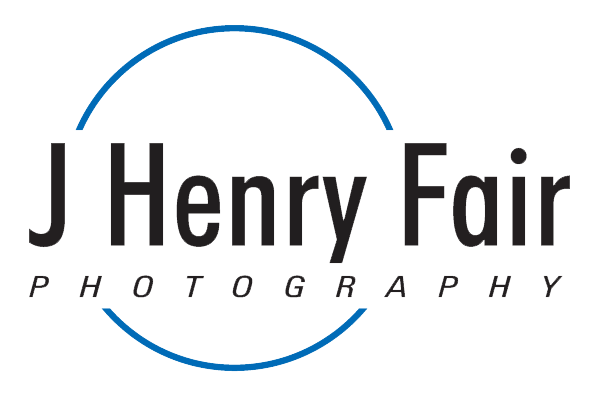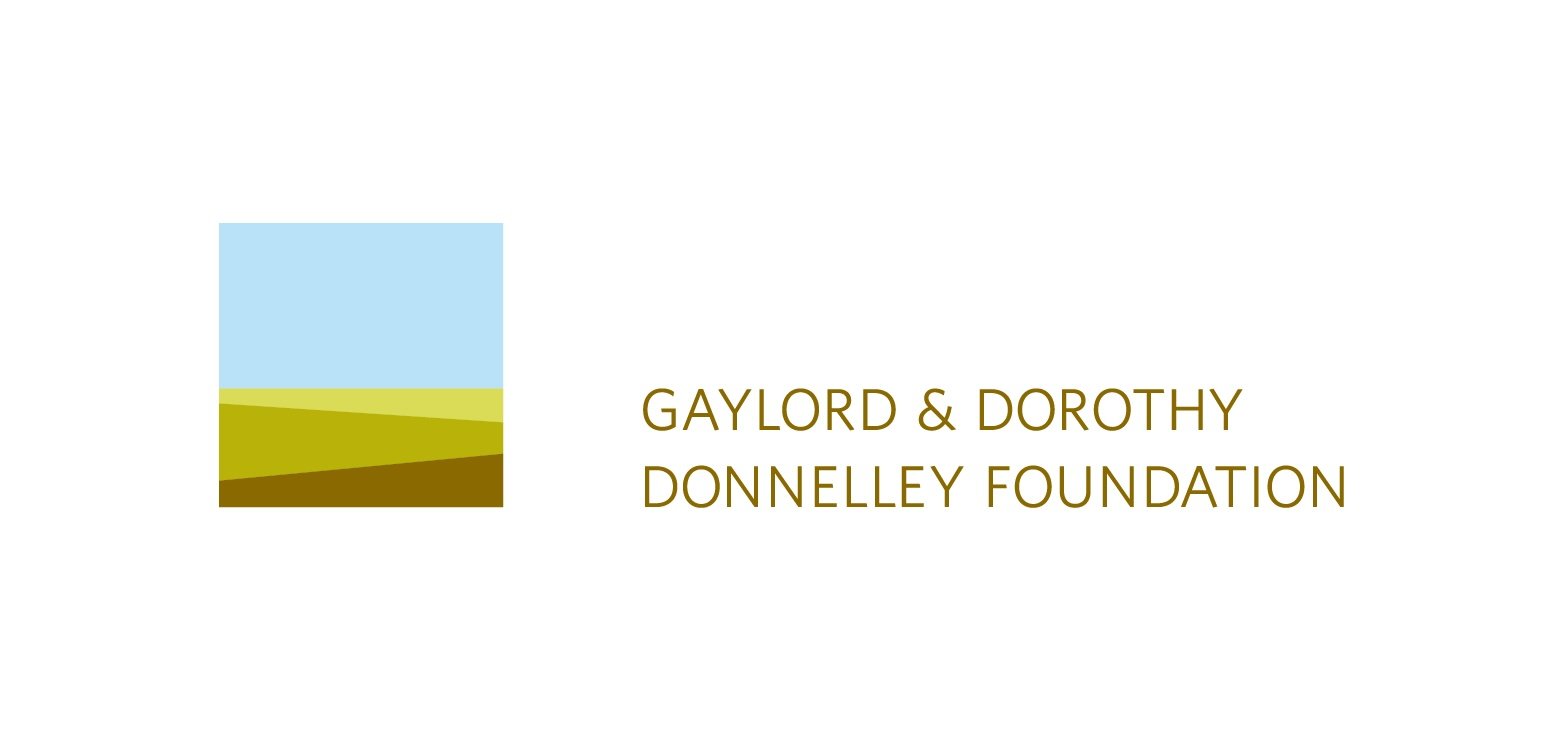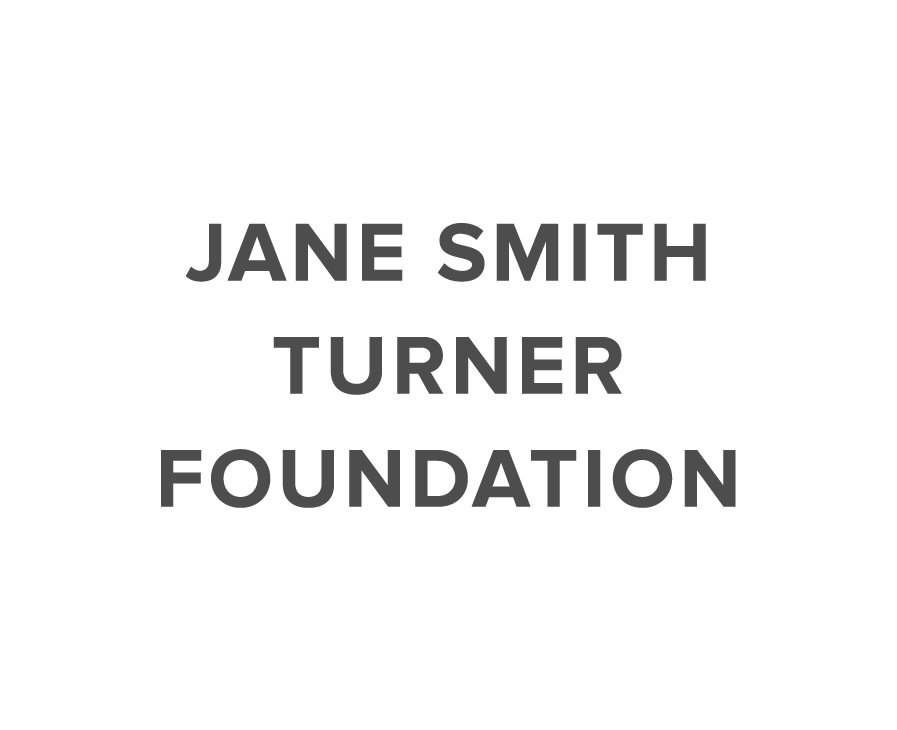Picturing Freedom: Harriet Tubman and the Combahee River Raid
On June 2, 1863, 1863, Harriet Tubman and her group of spies, scouts, and pilots guided 3 paddle-wheel steamboats with a regiment of 300 Black soldiers up the Combahee River, under the full moon, and freed 750 enslaved people from the rice fields there.
This exhibit, at the Gibbes Museum in Charleston, tells that story with multi-media installations and art inspired by Tubman and the raid.
There are two sides to every story.
Here we see Minus Hamilton, an 88-year old formerly enslaved man tell us the story of his liberation.
And on the other hand, we see Joshua Nicholls, a plantation owner lamenting the loss of his plantation, enslaved population, and library.
Kevin Pullen "Can You Break A Harriet"
J Henry Fair “ACE Basin”
J Henry Fair: Dr. Edda Fields-Black narrates “The Combahee Raid Story”
Exhibit on view at the Gibbes Museum
We are pleased that the exhibit has been receiving wonderful coverage. Below is a selection of some of our favorites.
ABC News Report on the exhibit (Video below)
William H Johnson "Three Freedom Fighters"
The South Carolina coast is the largest undeveloped coastal area in the continental United States. Those rice fields, once treacherous cypress swamps that were cleared by hand for agriculture have now become precious coastal wetlands.
Edda Fields-Black and J Henry Fair
The exhibit, developed in partnership with Professor Edda Fields-Black, Ph.D., winner of the Pulitzer Prize, sheds new light on the history of Harriet Tubman and the Civil War.
J Henry Fair “Arthur Williams, descendant of Rebecca Simmons” who was freed in the raid.
Jacob Lawrence “Forward”
J Henry Fair “Water Moccasin”
Edda Fields-Black, Ph.D’s book Combee, which inspired the exhibit and won the Pulitzer Prize.





































